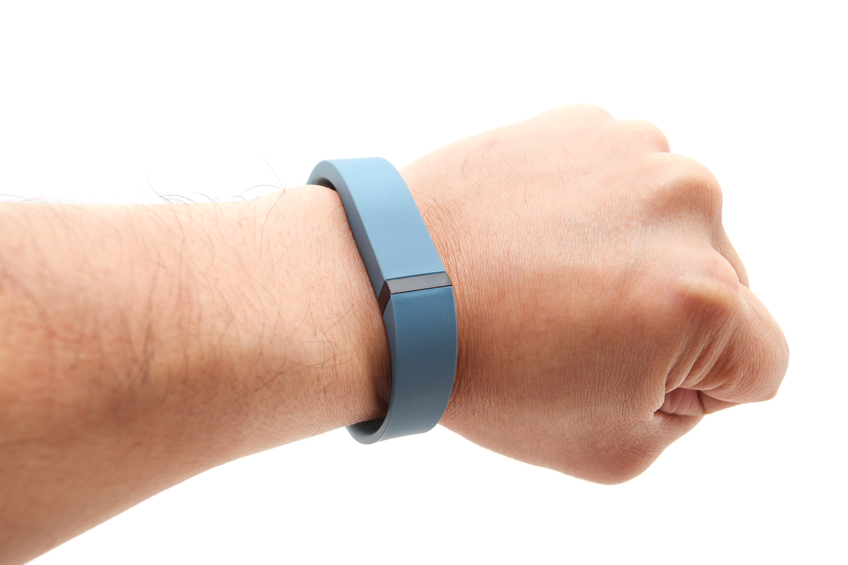In yesterday’s Advisor, guest columnist Kristine Muller explained how wellness must become a part of company culture if it is to succeed. Today, Liz Dickinson, founder and CEO of Mio Global, discusses changing opinions about wellness metrics, including why heart rate should replace step count.
 |
Every year, we see more fitness trackers finding a home on wrists. The general increase in fitness and healthy living—as our healthcare system is shifting—has positioned wearables as a valuable tool, especially for fitness tracking. According to a recent study from Forrester, one in six people now own a smartwatch or fitness tracker.
With the demand for fitness wearables soaring, many corporations have introduced them into employee wellness programs in hopes that their employees will live more active lifestyles—ultimately showing a return on investment and reducing the bottom line. These wellness programs involve incentives such as gift cards to encourage employees to reach a step count goal that is monitored by their wearable tech.
However, employees are getting pretty creative with ways to cheat the system. A pedometer, no matter how technologically advanced, can be cheated multiple ways. The problem we’re facing is that, by using goals like 10,000 steps, we are giving employees a “one-size-fits-all” approach to fitness monitoring.
Why There Needs to Be More Than Just Basic Activity Metrics
Relying simply on step counting or distance tracking does not fully measure or calculate the amount of physical activity a person exerts during the day. Add valuable rewards to the equation, and it may incentivize employees to skew numbers in order to reach the wellness programs’ fitness goal for the week.
For example, holding the pedometer in one hand and waving your arms while sitting at your desk to activate the pedometer, or attaching your wearable tracker to your dog’s collar once you get home from work are just a few ways that have surfaced on the Internet as ways to cheat your true step count number.
In order to prevent this from happening, corporations should consider implementing heart rate requirements and adjusted activity goals in order to ensure the fitness data received from employees is verifiable.
Why Heart Rate Is the Most Accurate Activity Tracking Metric to Date
Heart rate is the single-most accurate reflection of the body’s response to physical activity, and nearly impossible to fake. Since the 1980s, heart rate training has been known as the best way to improve athletic performance because increased heart rate levels lead to better physical activity and overall health. As a result, Mio Global has introduced a new metric called Personal Activity Intelligence (PAI).
PAI works by translating your heart rate data and personal profile information into one simple, meaningful metric—your PAI score. The patent-pending PAI algorithm is based on the HUNT Study, one of the largest health studies ever conducted in history (20 years of activity data from more than 60,000 people).
The scientific study links activity levels to health outcomes and proves that keeping your PAI score above 100 will maximize your lifespan by up to 10 years and prevent lifestyle-related diseases. Put simply, it helps you live healthier for longer.
The goal is to stay above 100, but the quantity and intensity of activity required to achieve that goal is personalized based on a user’s profile. One individual’s path to fitness may be very different from another’s, which again emphasizes the need for a personalized approach to monitoring health and fitness.
For example, many activities such as cycling, dancing, and rowing are great for heart health but you won’t accumulate steps while doing it, which is frustrating for people who are part of a wellness program that tracks steps or distance. PAI allows employees to do any physical activity that they like—as long as it gets their heart rate up.
The Takeaway
Step counting or distance tracking metrics are meaningless unless you can relate them to the body’s unique physiological response. The idea of an incentivized wellness plan is to ensure employees are actually improving their overall health, not just racking up gift cards.
Employee wellness programs will continue to grow in popularity as innovative corporate cultures offer them as a perk to attract young and forward-thinking talent, and our healthcare system puts more pressure on corporations to care about employee well-being.
Likewise, wearables will continue to increase in popularity in the workplace with the BYOD (bring your own device) movement; heart rate is just the beginning, but it is a good place to start and is a more accurate activity tracking metric to improve corporate wellness.
